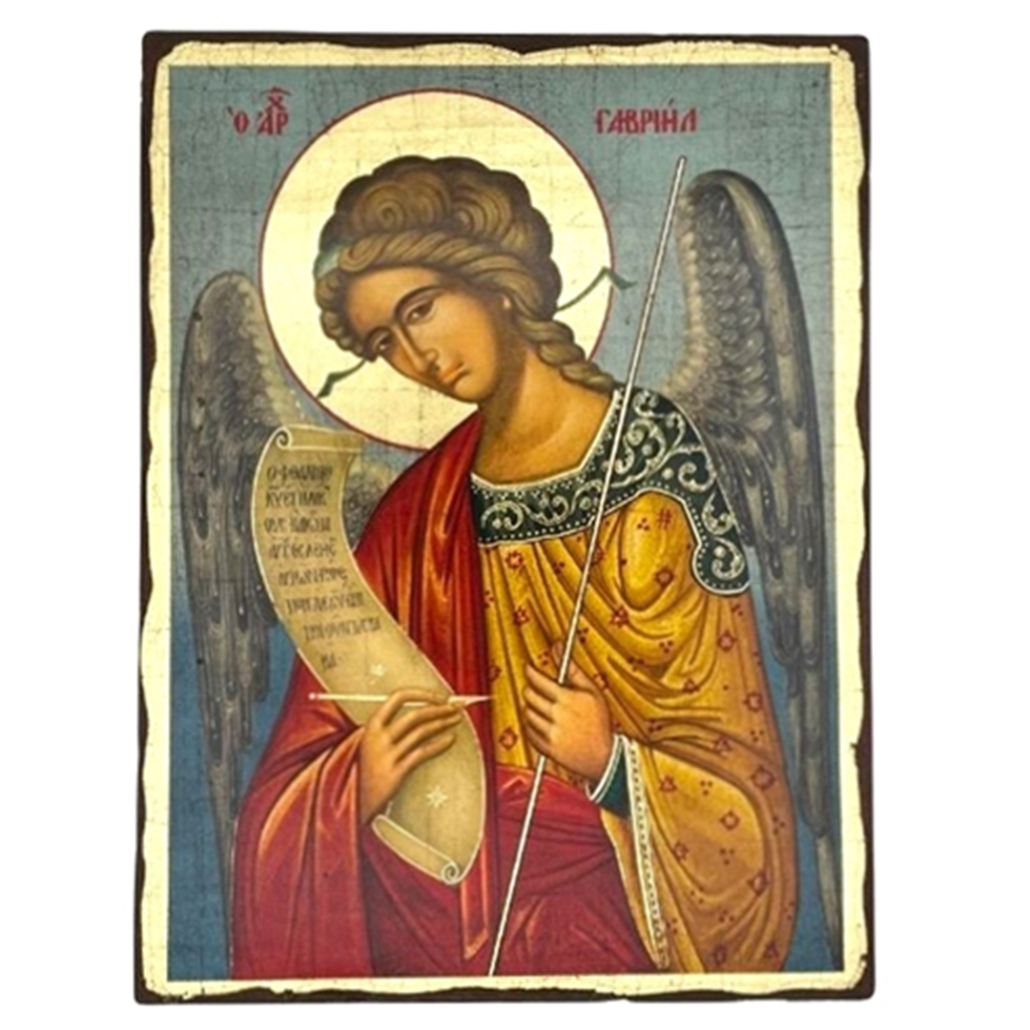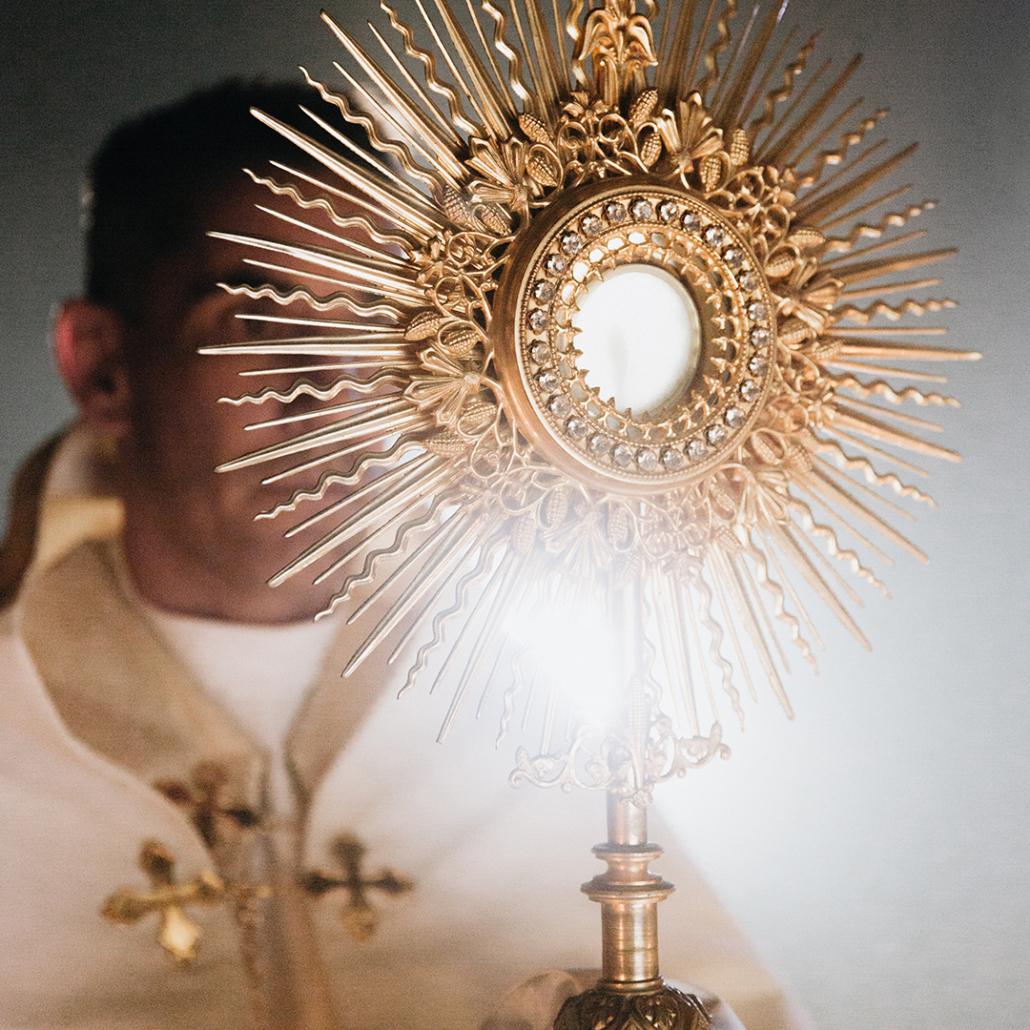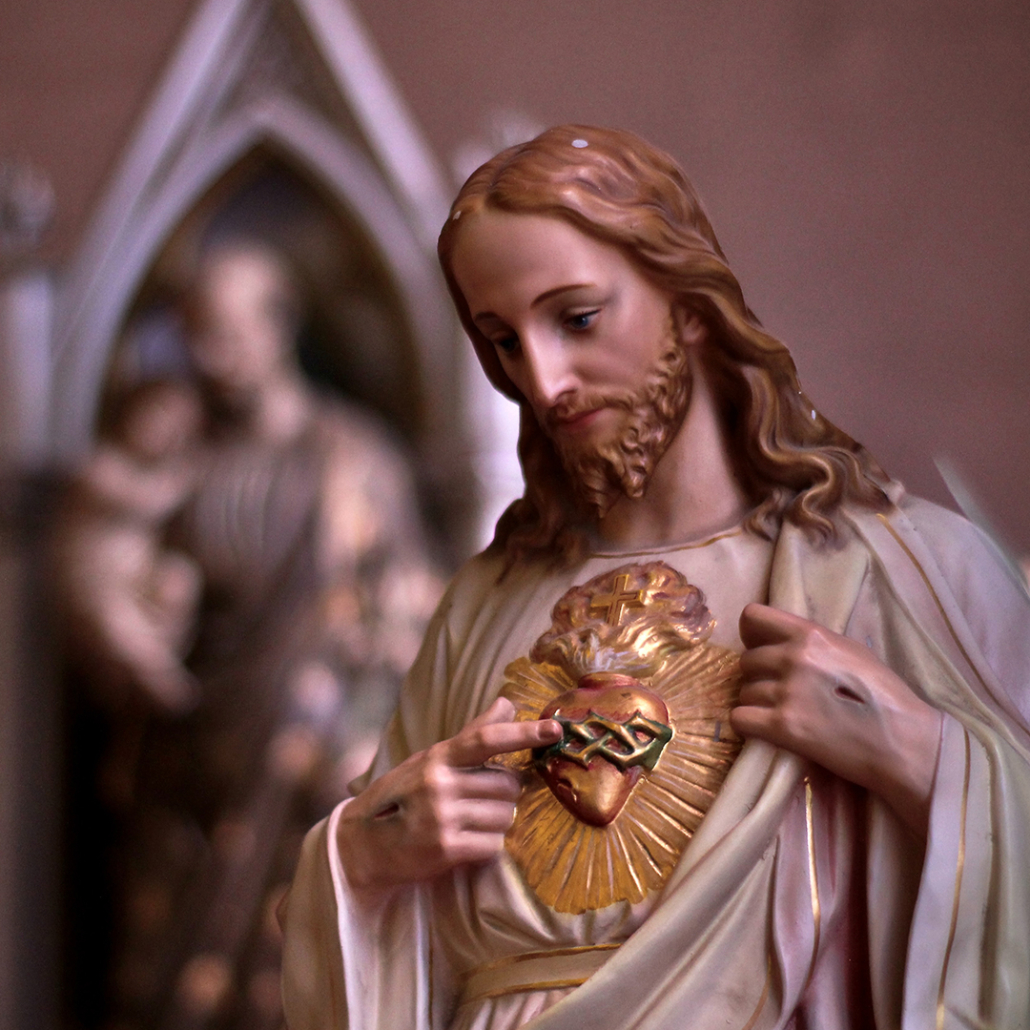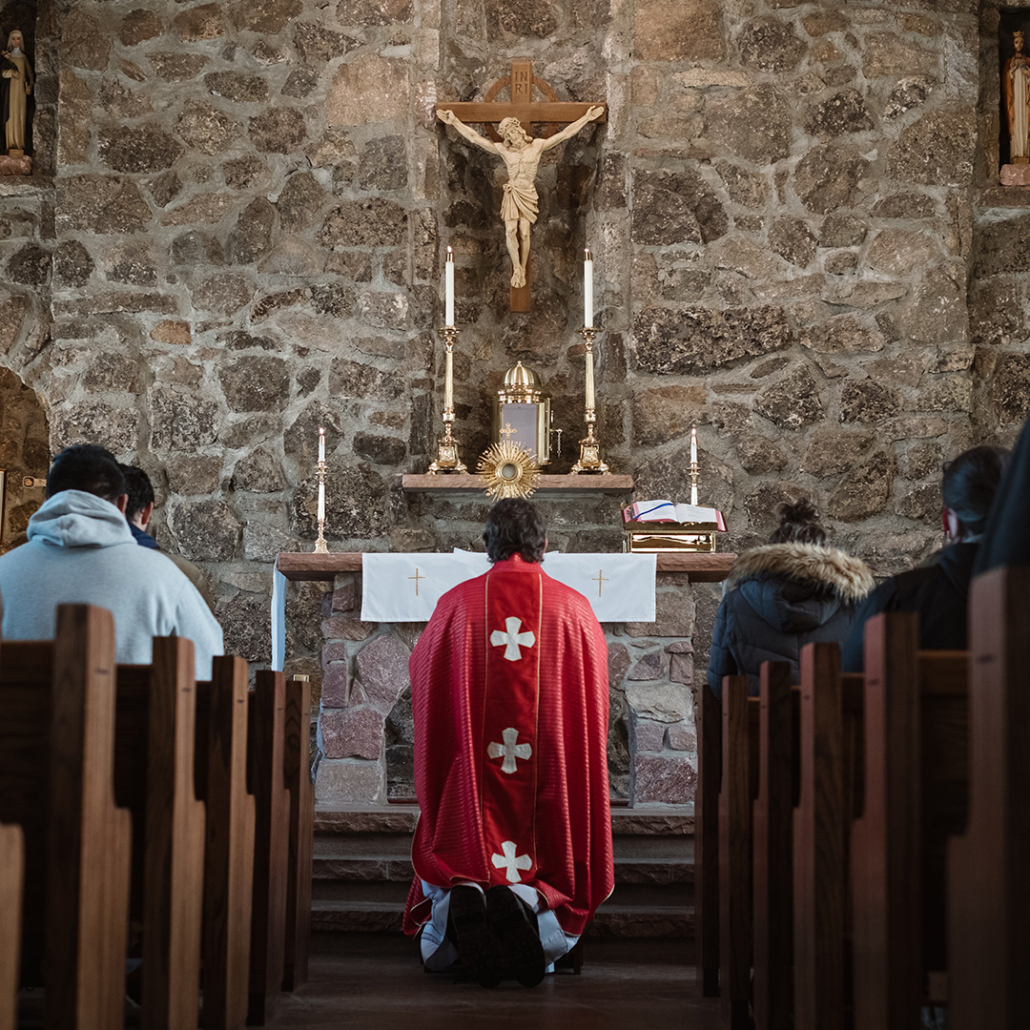Iconography: The Meanings and Symbolism Within Our Ancient Faith Icons
Throughout the history of the Christian faith, particularly in the Catholic and Orthodox churches, icons have had an important role, acting as an aid in prayer and the deepening of our faith. These ancient icons are often packed full of symbolism and meaning that isn’t always immediately apparent — The Art of the Icon invites you to learn more about some of the fascinating symbolism that exists in many of our faith icons!
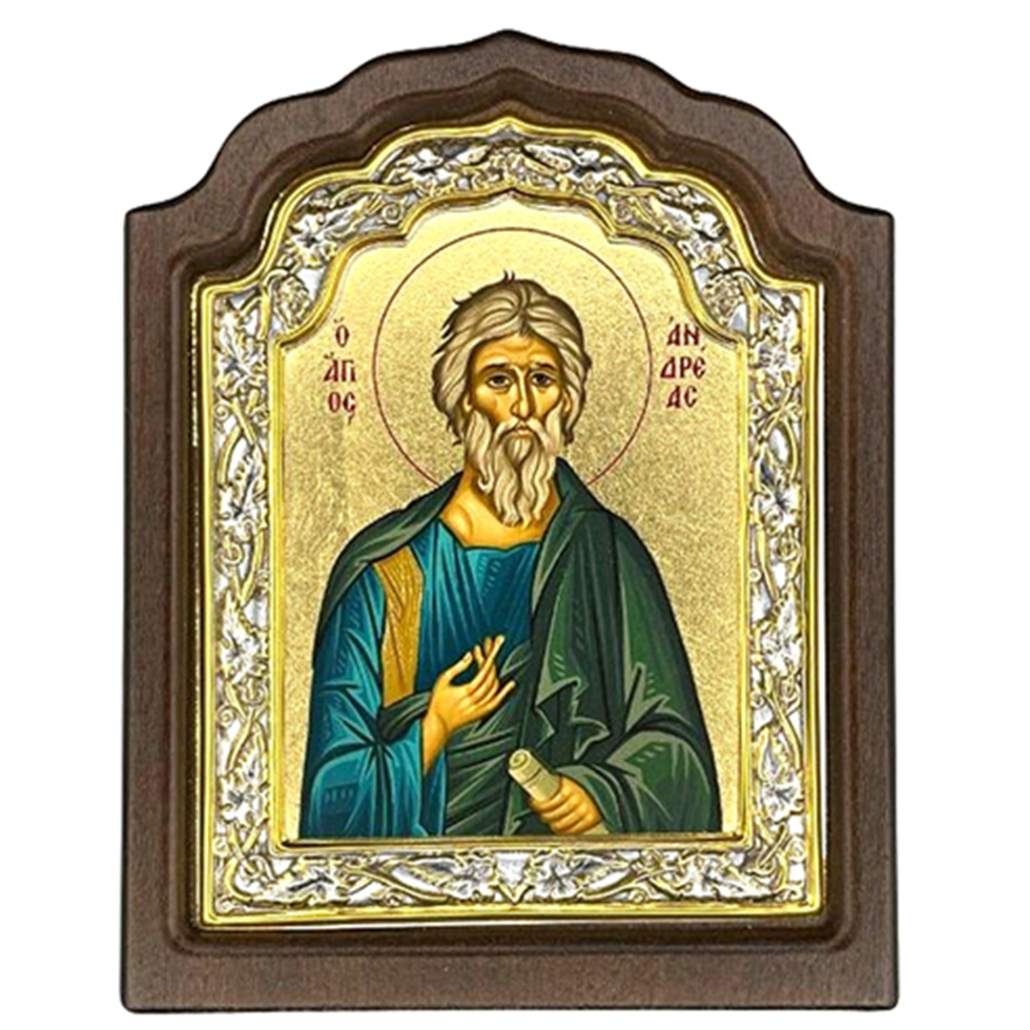
How Symbolism Is Conveyed in Iconography
Throughout the Church’s history, iconographers have used several methods to symbolically depict the sanctity of Christ and the saints. Typically, both faces and bodies are stylize and hands are positioned in various gestures of blessing. Even the geometry in the clothing of the persons depicted is meant to convey a sense of heavenly balance and order. Almost nothing in an icon is there unintentionally or without some level of symbolism.
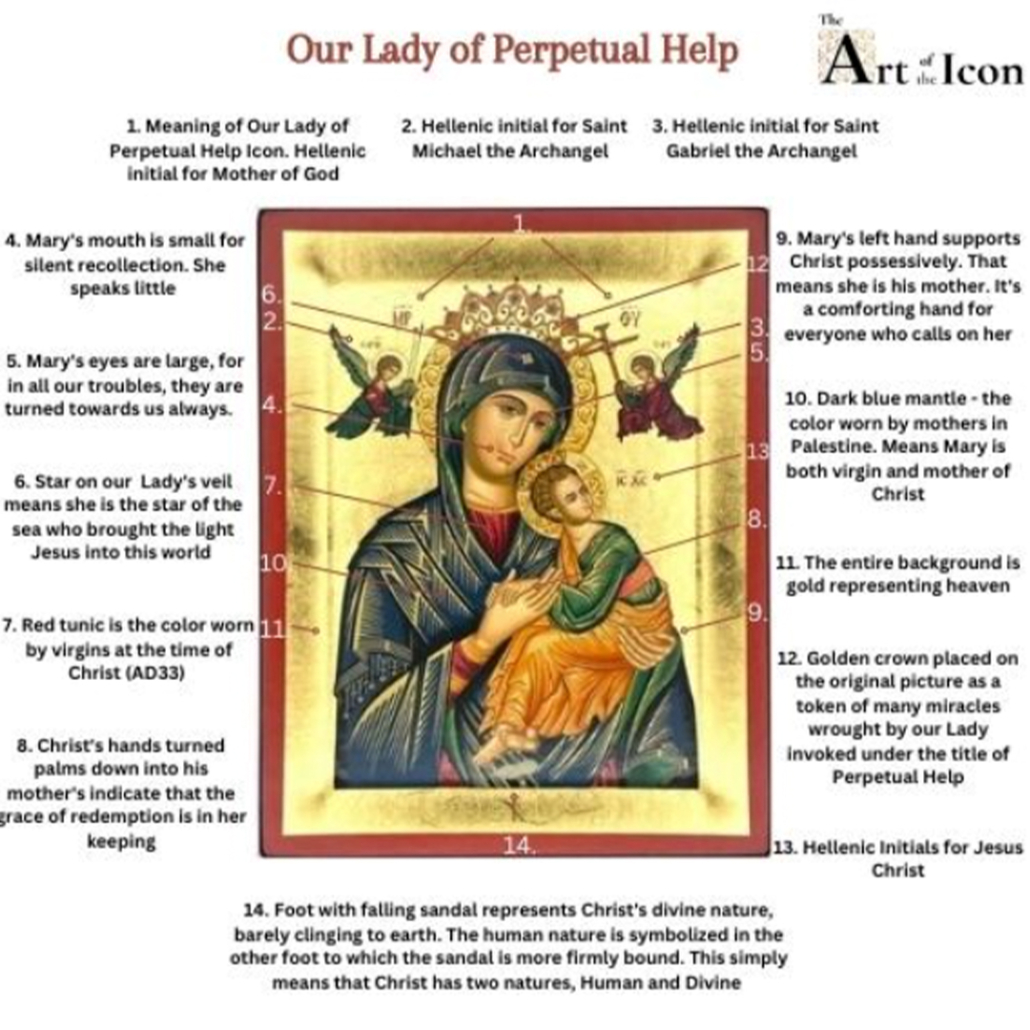
References to the Subject’s Life and Work
In many icons, the images and symbols contained within also communicate an important aspect of that person’s life or something they said. For example, consider the Virgin Mary of Perpetual Help — in this icon, the Virgin Mary is depicted holding Jesus as a child. While a beautiful image on its own, there is more going on symbolically. Mary’s tunic is red, as it was the color worn by virgins at the time of Christ in 33 AD, and her mantle is dark blue, the color worn by mothers in Palestine. These two elements together communicate that Mary is both virgin and the mother of Christ.
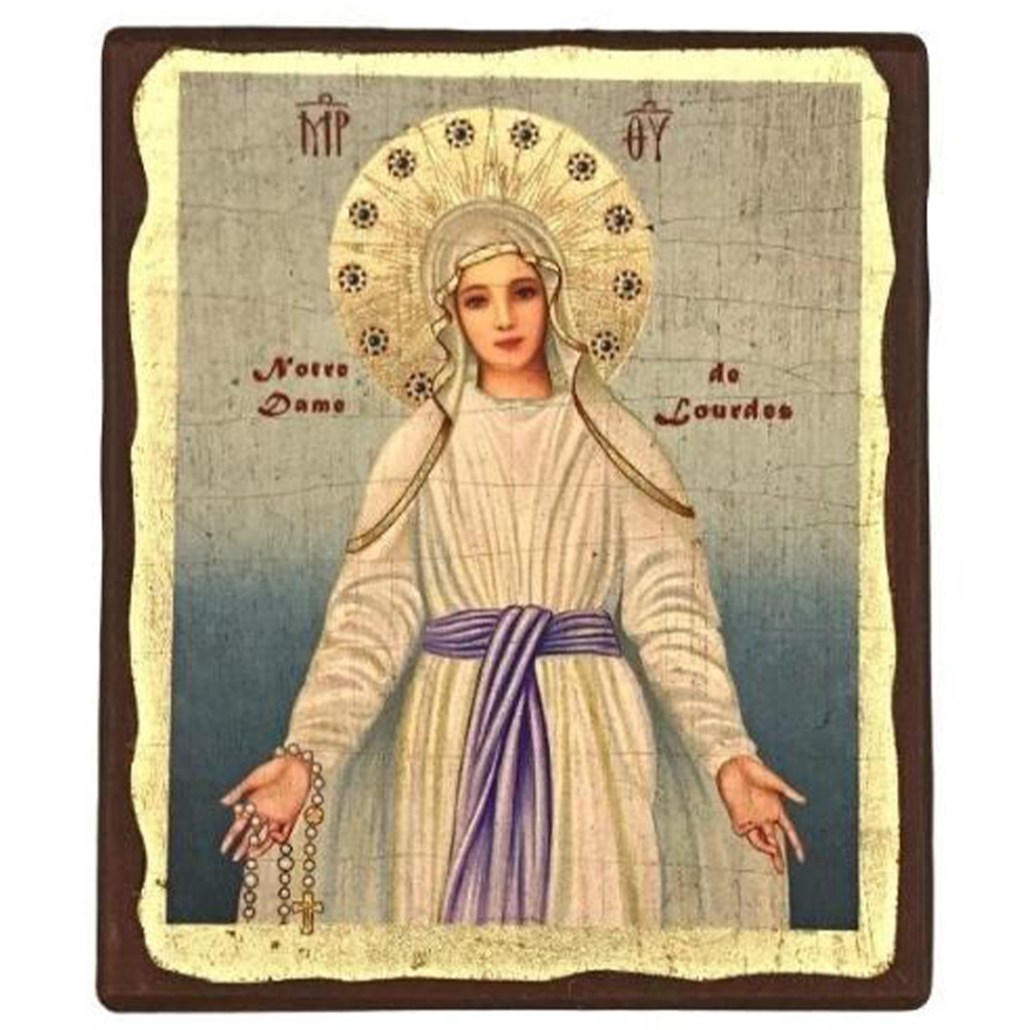
Symbolic Letters
Letters are often used symbolically in Catholic iconography. For example, the letters “M.R.” or “M.R.I.A.” are often found in the design of Catholic rosaries and signify the Latin phrase “Maria Regina Immaculatae,” meaning “Mary, Queen of the Immaculate Conception.” These letters are used to emphasize the important role of Mary in the Catholic tradition.
Symbolic Colors
Color is used to evoke emotion and meaning in Christian iconography and can be used to represent many different aspects of the faith. Gold is commonly used to represent the glory and majesty of God. White is often used to symbolize purity and holiness, while red represents the blood of Jesus and his sacrifice.
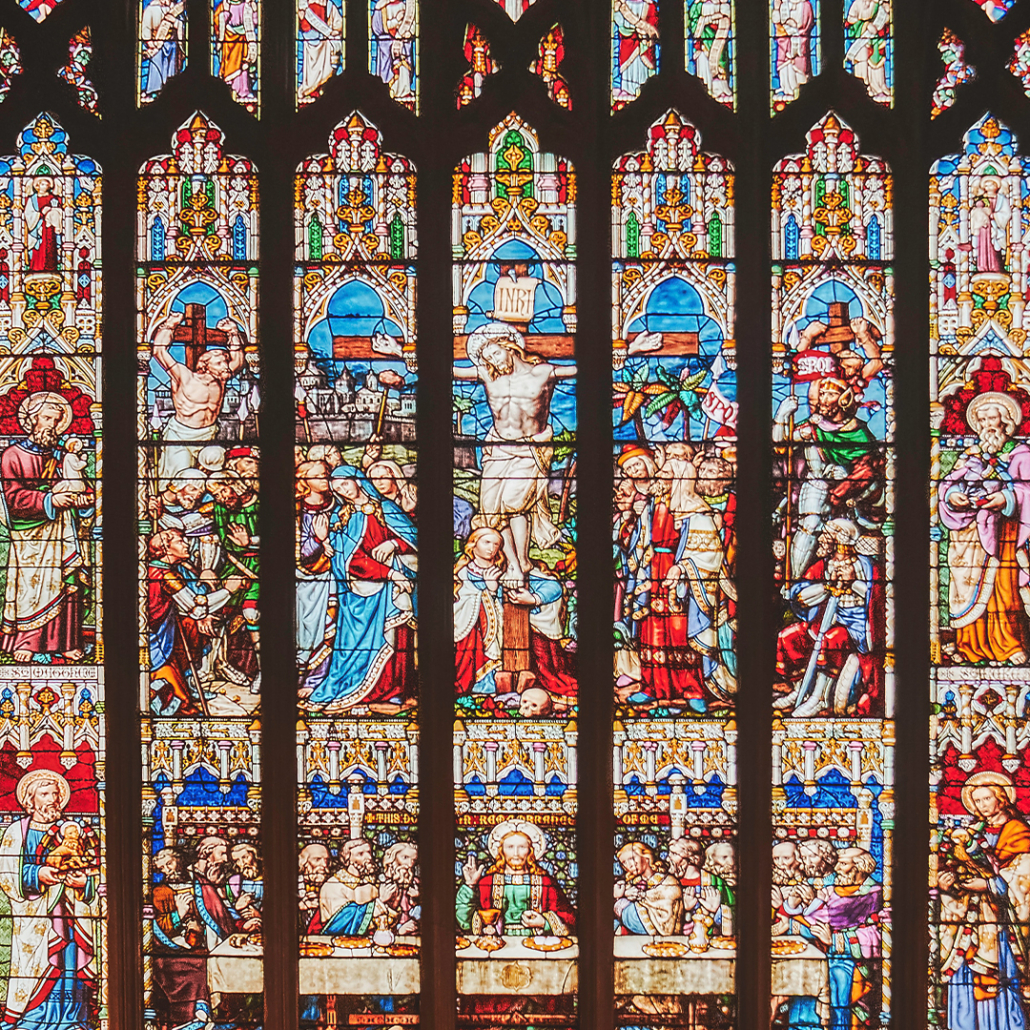
These examples just scratch the surface of the complexity of symbolism commonly found in iconography. Contact us today to learn more, and shop our online store of Byzantine and Catholic icons today!
